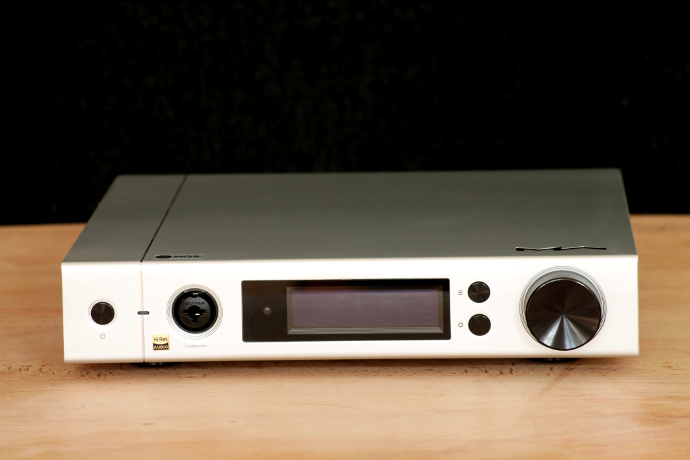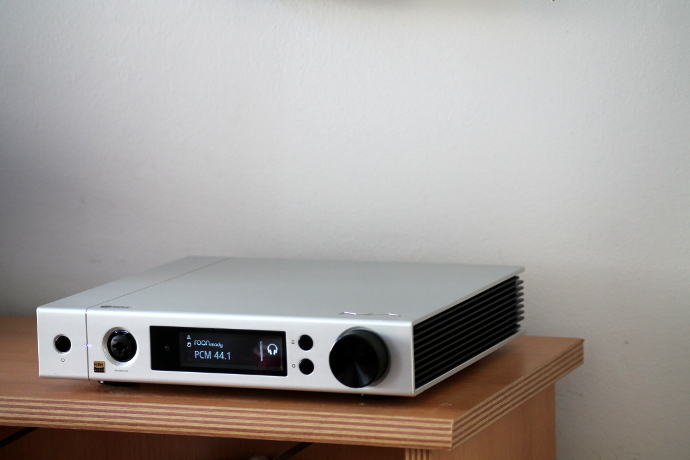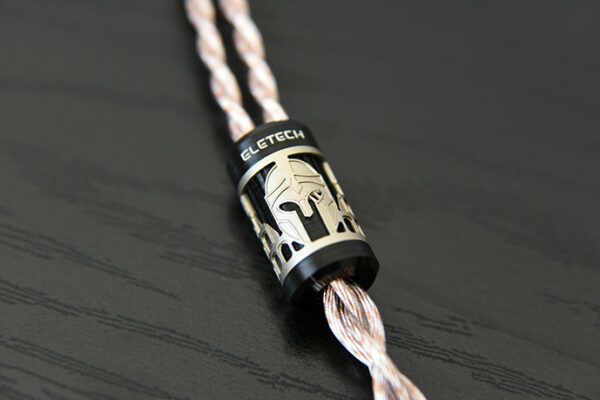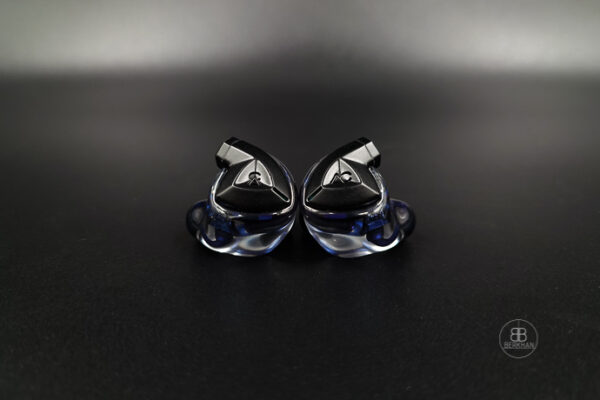In this review we check out the 1,799 USD Element M by Matrix Audio – a DAC/Amp Streamer combo with impeccable design. But what about sound?
Disclaimer: Matrix Audio supplied the Element M at no charge. I only had to pay for importing the product to Austria. Many thanks for the opportunity and generosity.
About Matrix Audio:
Matrix Audio is a Chinese brand that produces a wide range of digital to analogue converters, amplifiers, streamers and other audio components. They are seated in Xi’an and have been around since 2006.
Matrix is not an unknown face here on headfonia, as we have done quite some reviews for them already. If you want to check these out, you can do that here.
As mentioned, Matrix Audio makes all kinds of audio hardware. In their portfolio we can even find a USB interface to enhance the computer listening experience. While many might think there won’t be much of a difference I encourage you to try playing around with different settings on your computer. You’d be surprised how much performance you can squeeze out of your computer by simply getting rid of some bloat-ware. In 2015 I even came up with my own custom Linux based audio operating system. Worth every second I spent on it.
Anyway, back to Matrix.
When looking at their company and product history on their website, we learn that their first product was the DA-100 D/A Converter back in 2006. The first product we featured on our little website here was the Mini-i. It was a small, balanced digital to analogue converter and back in 2010 it was Mike who uncovered it for us.
In the following years Matrix upped their repertoire and we kept listening to it. In 2018 Matrix has introduced the Element series. A range of DAC/amps and streamers. Currently there are four different products in this series. The Element I, P, M and X. The Element X is the flagship of these products. Today, we will be looking at the Element M.

Matrix Audio Element M
About Element M:
The Element M is a DAC/Amp x Streamer combination. It has a coaxial, optical, USB B and HDMI I²S digital input for your sources. The Element M also has two USB A and a micro SD card slot for storage and Ethernet and WiFi input. So you can connect this beast up to four different digital sources, use it as a NAS and also send data streams over your network to it. But it doesn’t stop there. On top of all that you can also send audio data via Shairport (OpenSource AirPlay) from your iOS device to it. It also supports DLNA for your external NAS drives.
Alright, so a whole array of different connection options. Let’s see what it has output wise. The Element M comes with two variable analogue outputs on its back. Namely RCA and XLR. You can connect these to any power-amplifier or powered speakers. On the front you have a 3-pin XLR/6.3 mm combo jack. You can only use the 6.3 mm output. Some people might be disappointed it doesn’t have a balanced headphone output. The reality is, it doesn’t matter as long as the implementation of the components in the circuit is good. There are so many great sounding unbalanced products out there.
Hardware sided, the Element M comes with an ESS Sabre ES9028 Pro DAC chip. The headphone amplifier is a discrete design with very low output 0.6 Ohm impedance and low noise floor. It supports PCM files up to 32/768kHz and DSD 512 via USB. The I²S input even handles DSD1024. For those that care, it handles hardware MQA unfolding as well.
The headphone amplifier boasts quite some power, as it fires 1,320mW into a 32 Ohm load. There is only one single gain stage, but with that power I think you should be good to go. The Element M can be controlled by a supplied remote control, an Android and iOS App and Roon. It supports exFAT, FAT32 and NTFS file formats via its USB A inputs and micro SD slot. I have successfully used a 400GB micro SD card with the Element M.
On the network front, it supports both 2.4 and 5GHz WiFi with IEEE 802.11 a/b/g/n/ac standard. The Element M is Roon Ready (unofficially for now), which means that it will be available in the Roon software as an endpoint. As a big lover of Roon, this got me excited.
The Element M costs 1,799$ US and can be acquired from Matrix’ webshop or one of their global dealers.
Package:
The Element M arrived in a briefcase kind of box, that reminded me a lot of when I got my laptop. In the box you’ll find the Element M, a USB B cable, a power cable, a remote (no batteries), and two WiFi antennas.
There is also a short instructions manual in the box, but other than that you have to revert to their website for a full manual.
You can find it here: https://www.matrix-digi.com/pdf/element_M_Manual_EN.pdf
The review continues on page two!










John
How does it compare to the Burson Conductor?
Linus
Hi John,
thanks for stopping by and leaving a comment.
I can’t speak for many of the Conductors, but I do have the C 3X at hand. It’s more neutral and less shiny in the treble in comparison. The Burson also puts more weight and body in the notes, which gives a fuller impression. The Element M on the other hand has nicer richness, which makes it sound more staturated.
Apart from that the two units also have very different features. While I appreciate that the Burson is fully balanced, it would’ve been nice to get an RCA in and output as well… The Matrix is more versatile in regards to digital inputs and analogue outputs.
Sound-wise I’ll get more into detail with the upcoming Conductor 3X review soon.
Hope that helps.
Cheers!
John
Linus, thanks for your reply. When you say saturated, are you referring to warmer, analogue type of sound? Looking forward to the 3X review as it and the Matrix are on the dem list.
Linus
Hi John,
not necessarily warmer, but sweeter and wetter sounding compared to a more neutral and dryer sounding C3X.
Hope that makes sense.
Cheers
John
It does. Thanks.
Edward
” The Element M goes straight up to our Best DAC/Amp combos and I have a feeling it will be there for a long while. ”
It is not there yet.